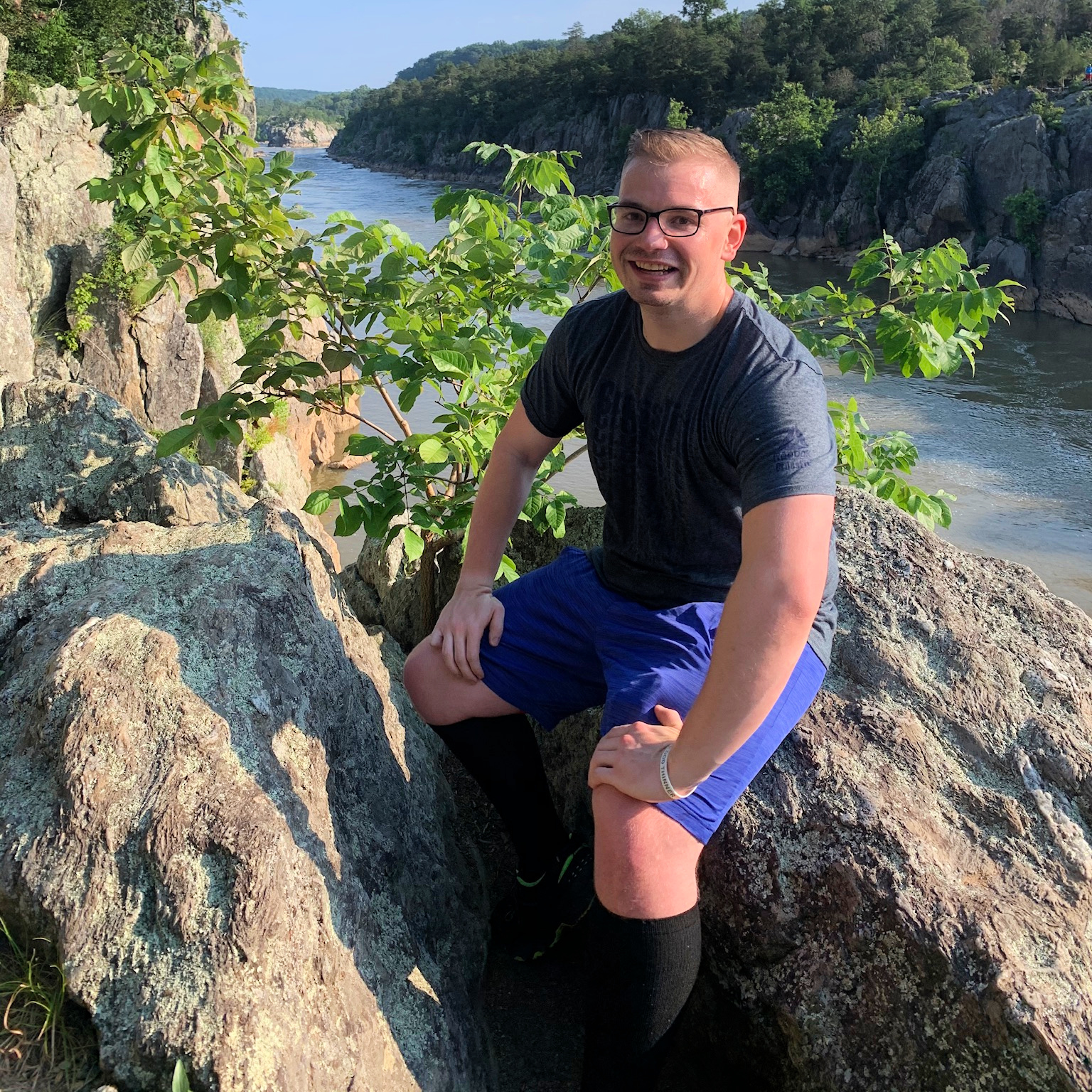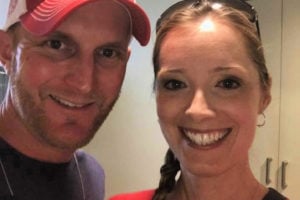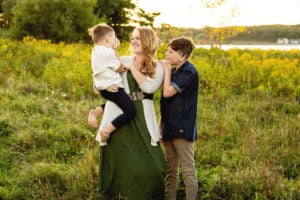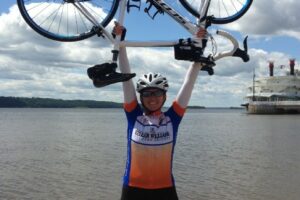I am 28 years old and fairly active. I go to Crossfit five times a week. Blood clots were never on my radar screen. But on May 1, 2020, as I was walking to my car, I was overcome by dizziness and lightheadedness as I have never experienced before. I was also fatigued from walking just 100 feet. I didn’t feel like it was safe to drive, so I realized errands would have to wait. I called a friend, and I remember telling her, “I think it’s COVID.” I made a mental deal with myself that if I didn’t get better by the next day, I would go to an urgent care facility.
The next morning I woke up to purple, tree-trunk legs. The virtual urgent care appointment I had lasted less than 60 seconds because I was told to go to the hospital emergency room immediately. I called a friend for a ride, and knowing it would take me a while to get to the parking lot of my apartment complex, I began the trek right away. In that 100-foot distance, I had to stop three times to rest, and by the time I made it to the lot, I was laying in the grass unable to move. My inability to walk resulted in an ambulance ride. At the hospital, I learned that it was not COVID-19, but instead was diagnosed with extensive clotting in both legs (deep vein thrombosis, or DVT) and my abdomen (inferior vena cava thrombosis, or IVCT).
It took numerous doctors to find the cause. At first, they were concerned it was lymphoma, but the final diagnosis was that my vena cava — the vein that pumps blood from the heart to the abdomen — is scarred and does not function properly. My body created collateral veins and they eventually clotted.
I will be taking a direct oral anticoagulant for the rest of my life most likely. A doctor told me my “100 new best friends are blood thinners, the 101st is exercise, and the 102nd are compression stockings.” Except for pills, compression stockings, and not skipping workouts, blood clots haven’t changed my life all that much. The first month out of the hospital, I used my desk chair as a wheelchair because I could barely walk. I never want to feel so helpless again.
Initially, I blamed myself and threw around nasty names and insults. Then, like any millennial would, I found the National Blood Clot Alliance using an internet search. It was then that I realized blood clots can happen to anyone. The information I read, especially the patient stories, put me at ease. Thankfully, I’ve recovered extremely well and am even stronger, but I am still cautious with feeling my legs for swelling. If blood clots taught me anything, it is to be careful with and aware of my body.
In retrospect, I wish I had listened to my body and sought medical attention at the first sign of fatigue and lightheadedness. It wasn’t worth the risk. I’m lucky that not a single clot became a pulmonary embolism, or moved to my lungs. Even in a pandemic, you have to take care of yourself by staying active and vigilant. If it weren’t for the support of my family and friends, I don’t think my recovery would have been possible.
Resources
- Join our online peer support community to connect with other people who have experienced a blood clot.
- Read more about blood clot treatment here.
- Read more stories, or share your story with NBCA.




